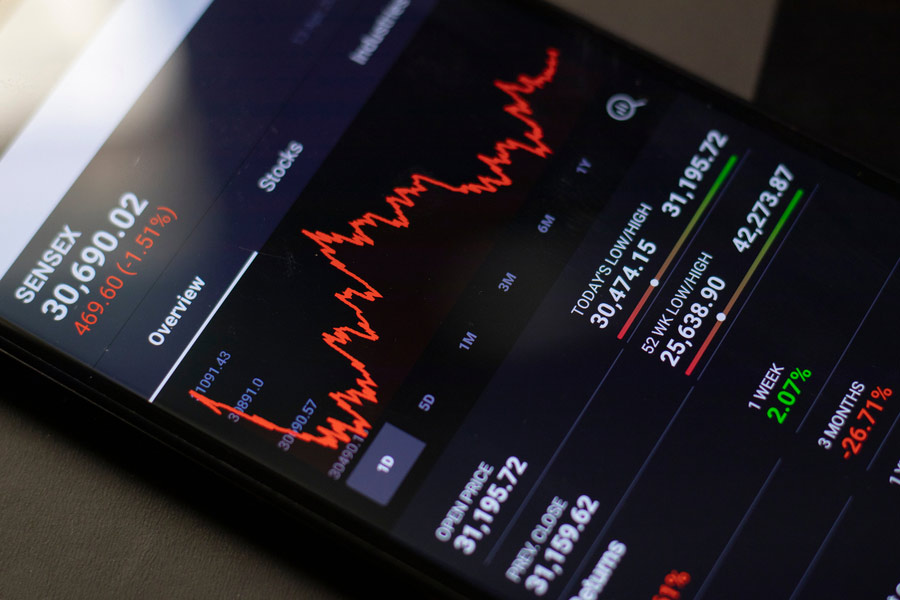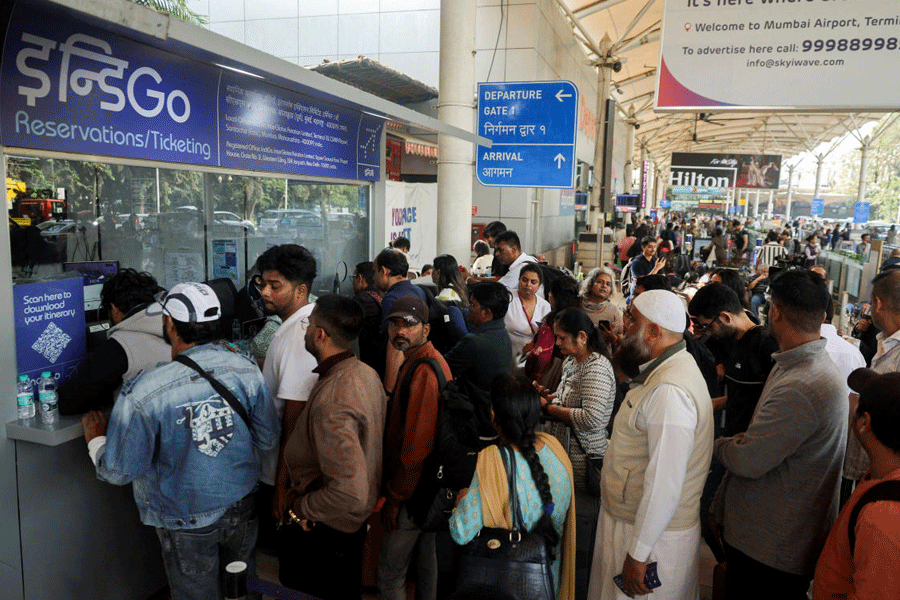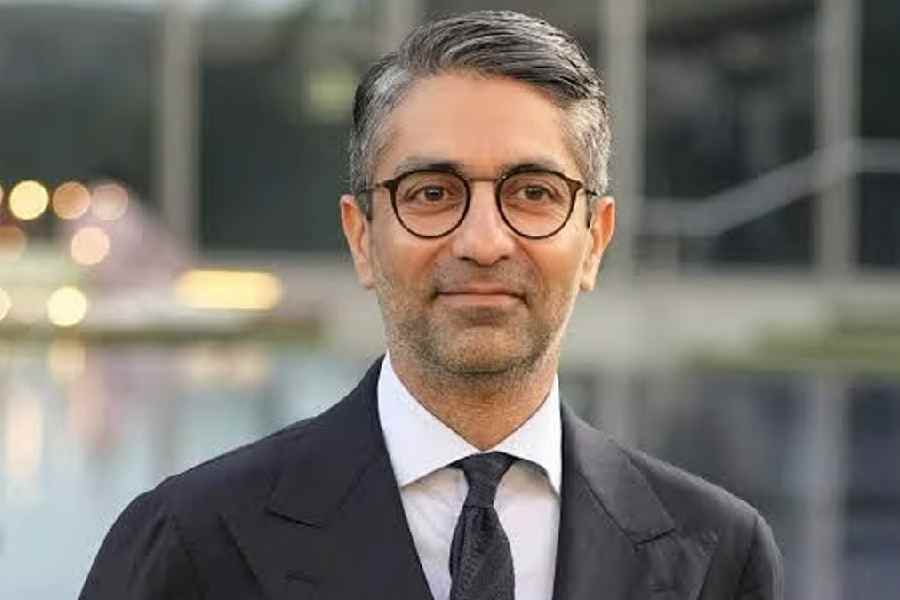 |
Earlier this month, the Union health ministry wrote to state health secretaries asking state licensing authorities to give manufacturing licences for drug formulations only for the chemical names.
Health activists were happy. They have for long asked the government to introduce a system where medicines are sold by their chemical names and not brand names. A generics-only drugs market would bring down the costs of drugs, they argue.
The Rs 67,000-crore pharmaceutical industry held its collective breath, dismayed at what this could do to its huge investments in brand building and promotions.
It turned out, however, that these steps merely sought to end an old practice. Manufacturers over the years have been mentioning the brand name of a drug while applying for a licence, though government rules required that only the chemical name be mentioned. Because of this, hundreds of brands were being marketed without the approval of the Drugs Controller General of India. The notification only addressed this problem.
The pharmaceutical industry is now smiling, while the activists are fuming.
The confusion, however, puts the spotlight back on a larger issue — moving to a generics-only drug regime. It got a fresh lease of life when actor Aamir Khan pitched for it in his popular television show Satyameva Jayate.
Generic drugs are those that can be manufactured by other companies once the patent — held by the original manufacturer and inventor — expires. These drugs are sold under their chemical names only, except in India where they bear the brand names as well (see box). The drugs are cheaper since companies do not have to invest in brand promotion and marketing. For example, branded paracetamol tablets cost Rs 7-10 for a packet of 10 while the generic ones come for Rs 2-4.80.
“If you have medicines by brand names, it causes confusion and raises costs,” says Ranjit Roy Chaudhury, founder of the Delhi Society for the Promotion of Rational Use of Drugs. Now the chairman of the Apollo Hospitals Educational and Research Foundation’s task force for research, he was involved in a Delhi government exercise on greater access to quality drugs.
Indeed, paracetamol is sold under more than 100 brand names as well as the generic name. Sometimes the brand names are also similar. Ciprofloxacin, an antibiotic, for example, is sold as Ciplox as well as Ceplox. There are huge price variations too. “The price difference between the cheapest and most expensive drug of exactly the same strength is six or seven times,” says Planning Commission principal advisor Pronab Sen who headed a government-appointed task force “to explore options other than price control for achieving the objective of making available life-saving drugs at reasonable prices”.
 |
On the face of it, a generics regime is a noble ideal to pursue. Generics dominate markets in the US, Britain and other developed countries. But getting this to work on the ground is a different matter.
Currently, the focus is on getting doctors to write only generic names on prescriptions. This, the assumption goes, will allow patients to choose brands that suit their pockets. Doctors of the government-run Central Government Health Scheme (CGHS) have been asked to follow this.
This is important because the main promotion of a drug happens at the physician’s level through medical representatives, points out Amit Sengupta, member of the advocacy group, Delhi Science Forum. Health activists believe many doctors are persuaded to prescribe particular brands by phramaceutical companies. A study — Drug promotional practices in Mumbai — conducted for the World Health Organization and published in the Indian Journal of Medical Ethics in 2007 spoke of an “unholy alliance” among manufacturers, chemists and doctors to “make profits… at the expense of consumers and the public’s health”.
But Sengupta admits there is no legal recourse to ensure that doctors prescribe only generic drugs. Even in the CGHS, doctors who were found to be pushing branded drugs could not be punished, points out K. Sujatha Rao, former Union health secretary.
Pharmaceutical industry representatives question the generics-only policy. “The move will not reduce prices nor will it offer choice to the consumer,” says D.G. Shah, secretary-general of the Indian Pharmaceutical Alliance, which represents the interests of several major pharmaceutical companies. The choice, he argues, will move from the doctor, who has the responsibility of curing a patient, to the chemist, who will push the products of the company that gives him a higher margin. This company, he adds, may not necessarily be a reputed one that offers a better quality, but could well be a smaller one whose manufacturing costs are lower.
Marketing costs will not come down significantly since firms will only shift the focus of promotions from doctors to chemists, adds S.K. Arya, joint director at the Indian Drug Manufacturers’ Association, the lobby group for Indian pharmaceutical companies.
Activists, however, scoff at the notion that doctors make more informed and responsible choices when prescribing medicines. “There is no evidence that doctors are discerning about quality or price,” says Sengupta.
Not everybody agrees. “What is the point of writing only chemical names of medicines when these are sold only by brand names,” asks D.R. Rai, honorary secretary general of the Indian Medical Association, who maintains it is “unfair” to target doctors.
It’s not easy to cite chemical names either. Often medicines are combination drugs — that is, two or more drugs in one — and therefore constitute several chemicals. “Can the doctor write the chemical names of all the salts in a medicine as well as their share in the drug? Will the patient understand and be able to check if the chemist is giving the right medicine,” asks Rai. Delhi chemist Rajiv (he uses only his first name) admits that it will be “difficult” to remember the exact combinations of medicines produced by different companies.
That’s why activists are pressing for a rational drug policy. “Any drug — generic or branded — in the market has to be rational, effective and affordable,” stresses Mira Shiva, co-convenor of the All India Drug Action Network.
There’s another problem. In the West, most drugs are prescribed and sold in hospitals or public health facilities. In India, medicines are mostly bought from a chemist’s shop. Retail sales account for almost 80 per cent of medicine purchases and is sustained by brand promotions, says Sengupta. “That is what needs to be targeted to promote a generics-only policy.” But experiments to promote generics in India, he points out, have revolved only around public health facilities, which account for just 8 per cent of the country’s drug consumption.
Not surprisingly, these have not succeeded. Rajasthan launched an initiative in Chittorgarh district in 2008. Government doctors were directed to use only generic names in prescriptions. Then certain commonly used and essential drugs were procured in bulk and sold through government co-operative medical stores at low rates. A strip of 10 tablets of the anti-allergy Cetirizine sold in these stores for Rs 1.50 against the printed price of Rs 35.
Around the same time, the chemicals and fertiliser ministry (which oversees the drug industry) started setting up a Jan Aushadi chain of pharmacy stores which too sold medicines cheaply — the antibiotic Ciprofloxacin with a printed price of Rs 5.50 sold for Rs 1.10.
But both schemes fizzled out because of their limited reach and the abundant availability of branded drugs in the market, says Sengupta.
Sengupta also believes it’s useless asking doctors to write only generic names. Medicines bearing only chemical names are available only for bulk sale to institutions and clinics and are not available at chemists’ shops, which stock only branded generics. “You can’t enforce a generics only policy unless you remove all branded drugs from the market,” Roy Chaudhury argues.
Indeed, the 2005 report by the Sen task force recommended compulsory de-branding of drugs sold through prescriptions (Schedule H drugs). There have been attempts to do this in the past. The 1978 Drug Policy had recommended the abolition of brand names for five drugs. The government issued a notification in 1981, but the Delhi High Court struck it down a year later after four pharmaceutical firms, including global biggies Hoechst and Pfizer, challenged it.
Some argue that a no-brand policy does not work in a market where brand names give an assurance of quality. “Can anyone in the government say with confidence that the quality and GMP (good manufacturing practices) norms of every drug are the same,” asks Shah. Rai adds that if a medicine does not work, the doctor — and not the chemist — will face the patient’s ire.
Doubts over quality are a reason why generics have not been very successful in Sri Lanka and Thailand, notes Roy Chaudhury. Sen points out that in the US, once a drug is cleared for manufacture by the Food and Drug Administration, there is no deviation in quality or composition regardless of the firm manufacturing it. “If you have stringent GMP norms, it does not matter who is manufacturing a drug,” agrees Sengupta.
Former secretary Rao argues that any move to introduce a generics-only regime must address three key issues — the perception problem of patients (they only have faith in what the doctor says), the behavioural problem of doctors (they may not know of new formulations in the market or may be motivated by kickbacks) and a regulatory problem of quality control. “It is not enough to have ideological slogans. One needs to back it up with systems and procedures,” she says.
Branded drugs
Sold under a brand name by the company that holds the patent for its invention and are thus expensive.
Generic drugs
Cheaper because these are manufactured and sold under the chemical name by other companies once the patent expires.
Branded generics
Unique to India, these are generic drugs sold under different brand names.










